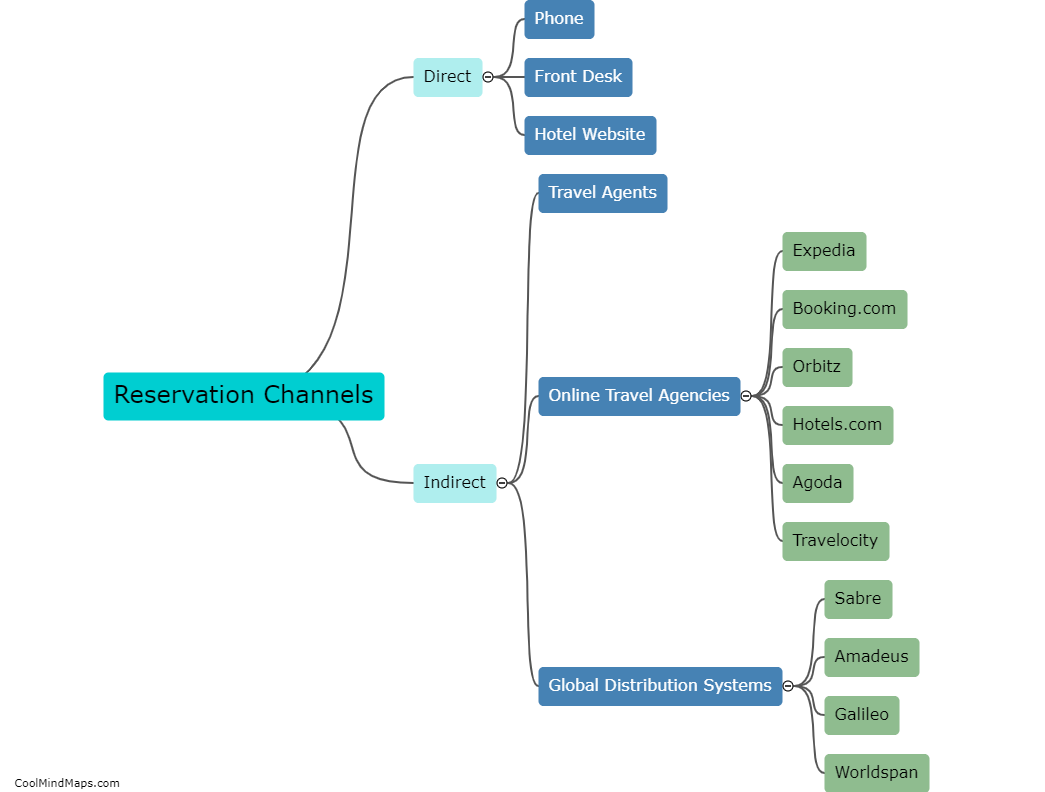How is money created in banks?
Money is created in banks through a process called fractional reserve banking. When a customer deposits funds into their account, the bank can lend out a portion of that money to borrowers while still keeping a fraction of the deposit on hand as reserves. These loans create new deposits in the accounts of the borrowers, and the process continues as long as there is demand for loans and the bank's reserve requirements are met. Therefore, the amount of money that can be created by banks is dependent on the amount of reserves they hold and the demand for loans.

This mind map was published on 21 May 2023 and has been viewed 139 times.











